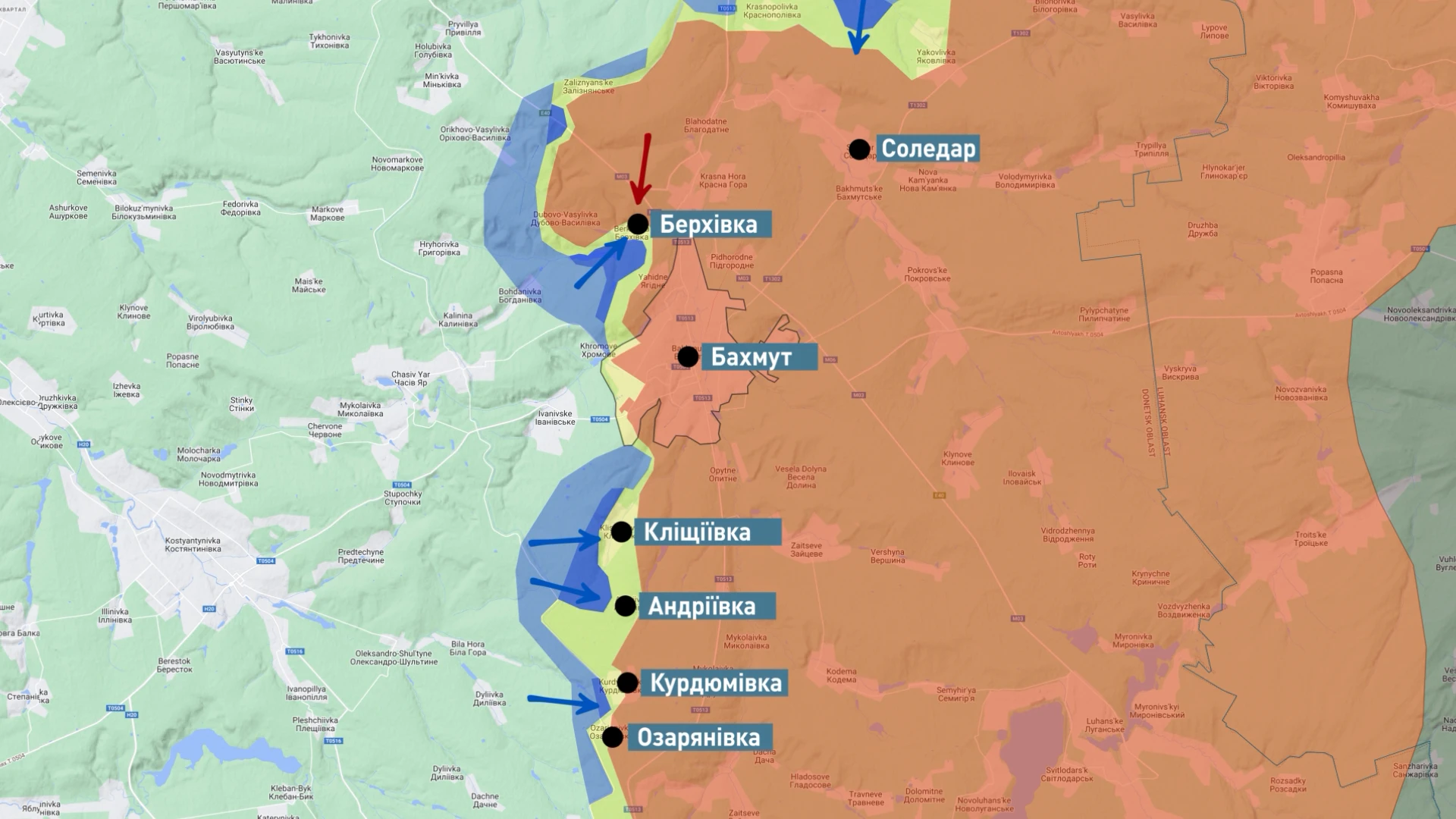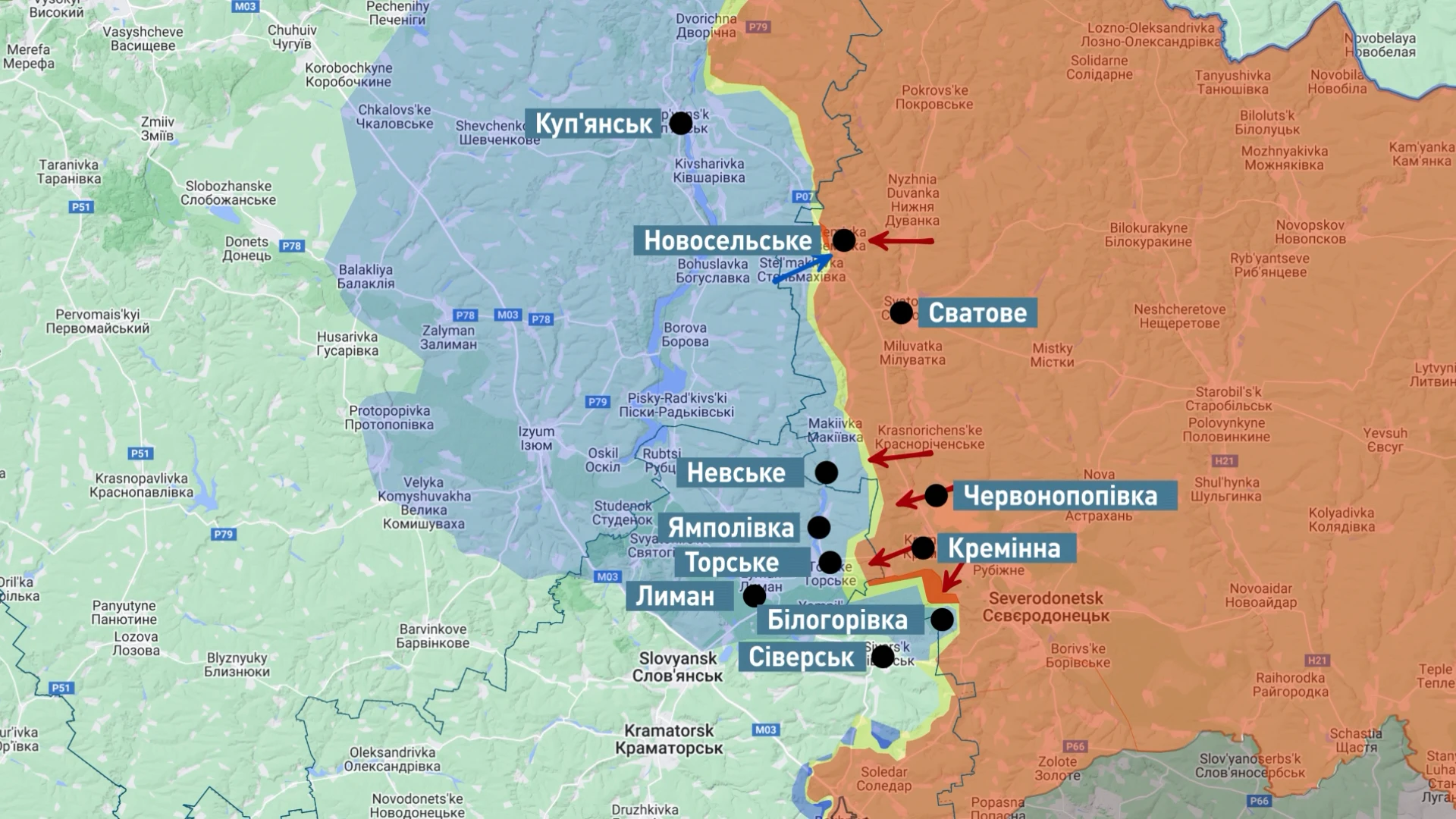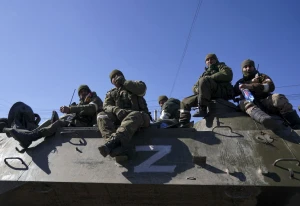
Ukraine’s offensive tactics can be time consuming but effective: weekly military results
Estonian intelligence's assessment of the Ukrainian Armed Forces' offensive, what weapons the NATO summit brought to Ukraine, the situation on the flanks of Bakhmut and Russia's plans in Luhansk region – read more in the week's military summary
The tactics of the Ukrainian Armed Forces may be time consuming but an attritional approach is to yield results
Estonian intelligence makes a good analysis. Before the war and at the beginning of the war, they made good reports, adequately assessed the situation, and now the head of intelligence, Margo Grosberg, says that the tactics and strategy of the Ukrainian Armed Forces will lead to success. The enemy is being systematically eliminated both in the defensive positions and on the first line of defense. He says that the dynamics at the front allow us to draw conclusions about the success of the Ukrainian Armed Forces, but he does not speak about the time frame. He also mentioned the Zaporizhzhia direction, the personnel changes in the Russian army because they have no reserves to reinforce their forces and ensure rotation. In any case, there is a clear understanding that the tactics employed by the Ukrainian Armed Forces, although potentially time-consuming, prove to be highly draining for the enemy. Ultimately, this approach is expected to yield effective results for Ukraine.
Results of the NATO Summit in terms of military assistance and security guarantees
Prior to the NATO summit, Ukraine received cluster munitions, which caused panic in Russia. During a recent press briefing, a Pentagon spokesman was asked about the timing of Ukraine's use of these munitions, to which he replied that Russian forces would be the first to know. The summit itself was accompanied by substantial military aid packages for Ukraine. Notably, France will provide SCALP missiles, while Germany will contribute 25 tanks, 40 Marder infantry fighting vehicles, and two new launchers for the Patriot system.
Read also: Long-range SCALP missiles overview: technical characteristics and usage
This is an important component for strengthening Ukraine’s air defense. Norway has made commitments to supply a substantial quantity of small Black Hornet drones, totaling a thousand units, needed by the Ukrainian Air Force. It also promised to donate 2 more launchers for the NASAMS complex and command posts for this air defense system. Australia announced the transfer of a significant number of Bushmaster vehicles. The support of foreign countries is not decreasing.
Let's also mention the G7 decision on a joint declaration in support of Ukraine. This is a very important document, it provides for the countries' approaches to supplying Ukraine with air defense systems, long-range systems, armored vehicles, and the transformation of Ukraine's defense industry. This declaration is no less important, and perhaps even more important, than the NATO political declaration itself.
Frontline situation: Bakhmut is a “meat grinder” for Russian forces, Ukrainian military’s potential allows to deter attacks in the Luhansk region
Regarding the situation in and around Bakhmut, the Ukrainian Armed Forces have a clear mission. Bakhmut continues to be a “mousetrap” and a “meat grinder" for the enemy. Russian units in Bakhmut are under fire control, and it is becoming more and more difficult for Russia to supply its troops. Russian airborne units are operating in the city, trying to defend Bakhmut with BMP-3s.

The fate of the city is decided on its flanks - the southern and northern ones. Regarding the south, the situation around Klishchiivka is straightforward. Ukrainian forces have successfully captured two strategic heights that were previously held by Russian troops. Russians are attempting counterattacks. Currently, Ukrainian troops have not entered Klishchiivka itself as it is deemed unnecessary. It suffices to maintain control over the heights above the settlement, similar to our approach in Bakhmut. In the north, Ukrainian forces are launching an offensive towards Yahidne, which is in close proximity to Berkhivka. Russia is exerting pressure on Berkhivka to hinder Ukraine’s advance towards the dominant heights nearby. Likewise, clashes are occurring slightly further north in Orikhovo-Vasylivka and Dubovo-Vasylivka. In those areas, Russians are launching counterattacks to divert some of the Ukrainian forces' attention away from the Berkhivka region. The dynamics are fairly clear. The fact that a significant number of Russian forces remain near Bakhmut indicates that they are not retreating but rather meeting their demise where Ukrainian artillery is actively engaging them.
In the Luhansk region, the situation has remained relatively consistent: Russian persistently attempts to launch attacks in multiple areas. Their plan is clear: they aim to push Ukrainian troops towards the Zherebets River in certain areas, thereby hindering supply lines. Additionally, they seek to mount an offensive along the Oskil River from the south. It is estimated that approximately 80,000 enemy troops are deployed in this region, consisting of the most combat-ready forces. Their objective is to create difficulties for the Ukrainian Armed Forces, divert the attention of Ukraine’s military leadership, and prompt the redeployment of reserves. This enemy concept has been in place since last year but has not yielded significant changes on the front line. Despite intensified Russian actions in the Kupiansk-Svatove-Kreminna area, including combat operations in the Serebryanka forestry, attempted attacks on Torske, and offensives on Nevelske, the capabilities of the Ukrainian Armed Forces have allowed us to deter these advances. However, Russia will likely persist in conducting active attacks, remaining committed to their objective of pushing Ukrainian Armed Forces back.

- News













































